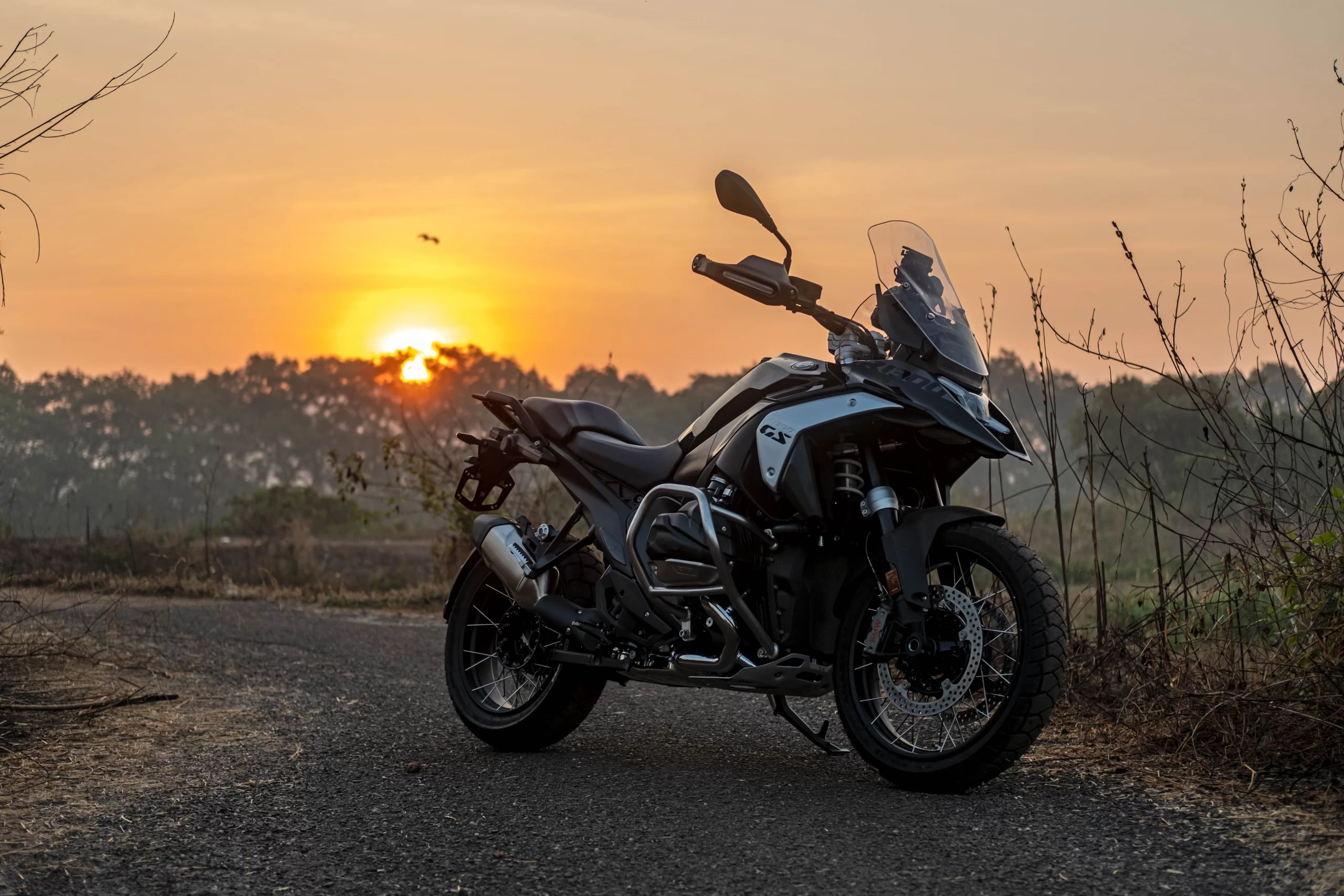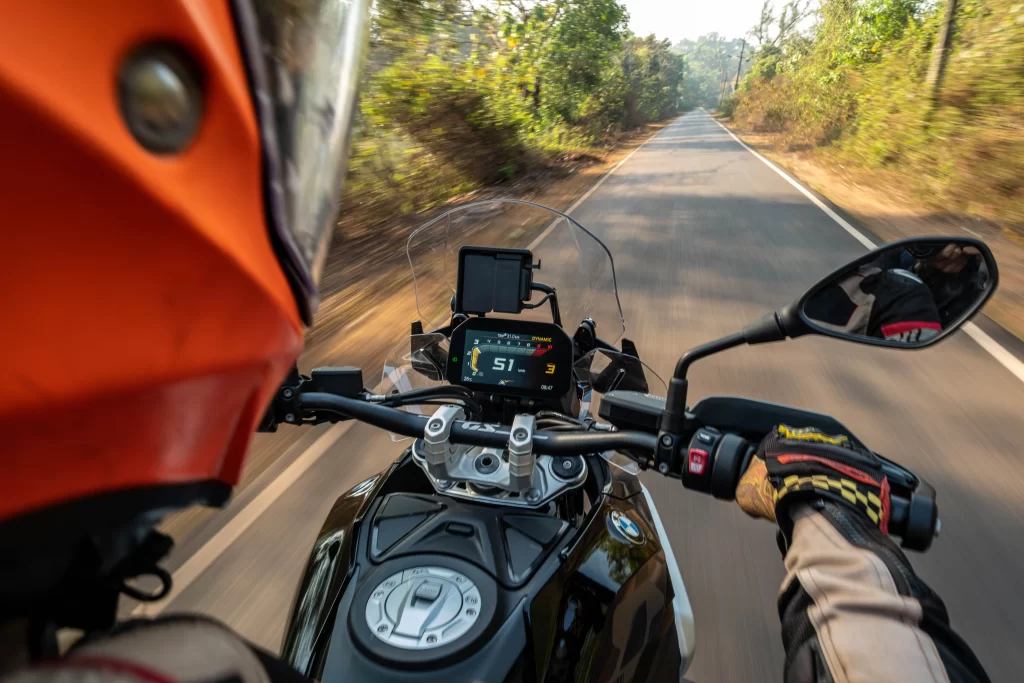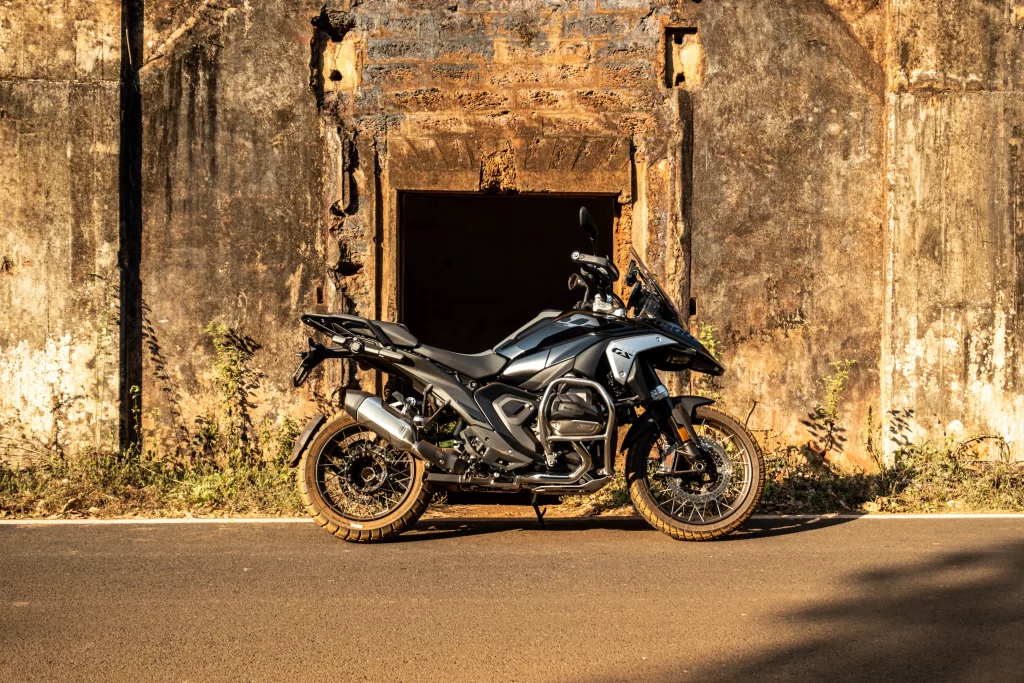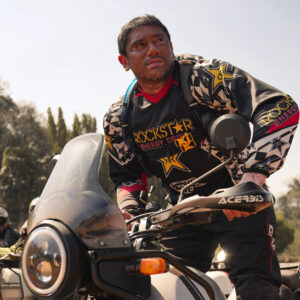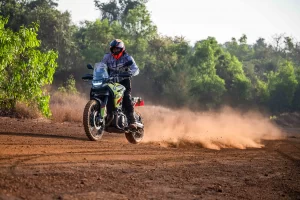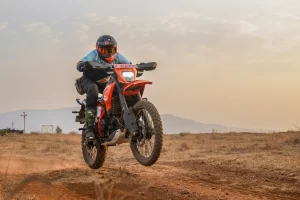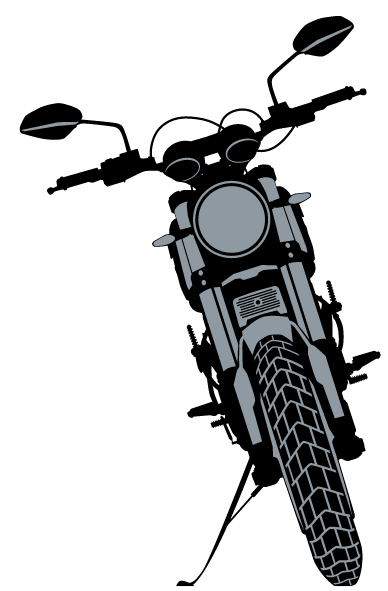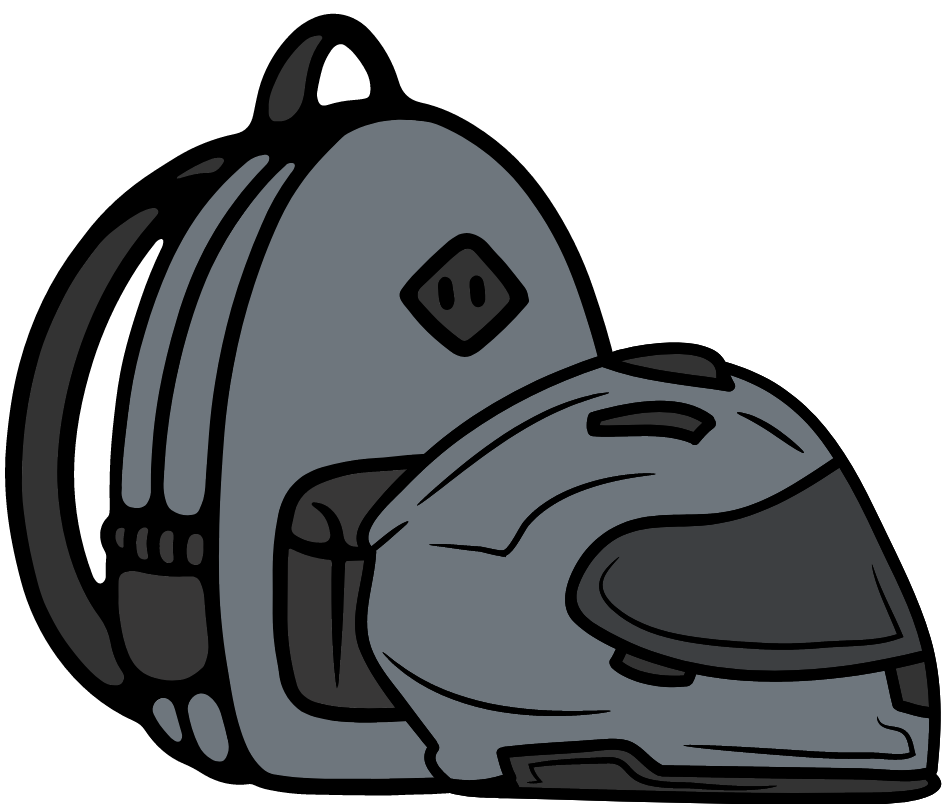Written by SHERMAN HALE NAZARETH Images by ETHAN MASCARENHAS (Edited by SHERMAN NAZARETH)
It’s fair to say I’ve spent a decent amount of time on the R1300GS’ predecessors to really understand what makes this behemoth tick. In fact, in my review of the R1250GSA in 2019, I do recall tagging it a battle barge. A name I still stand by to this day. It was around the time Disney’s new Dumbo movie was out and I just couldn’t help draw parallels to the lovable scallywag with lopsided ears instead of non-symmetrical GS eyes (headlight). Sure, the ‘elephants doing ballet’ imagery is what probably pops into every non-GS owner’s imagination every time the GS Trophy pictures pop up.
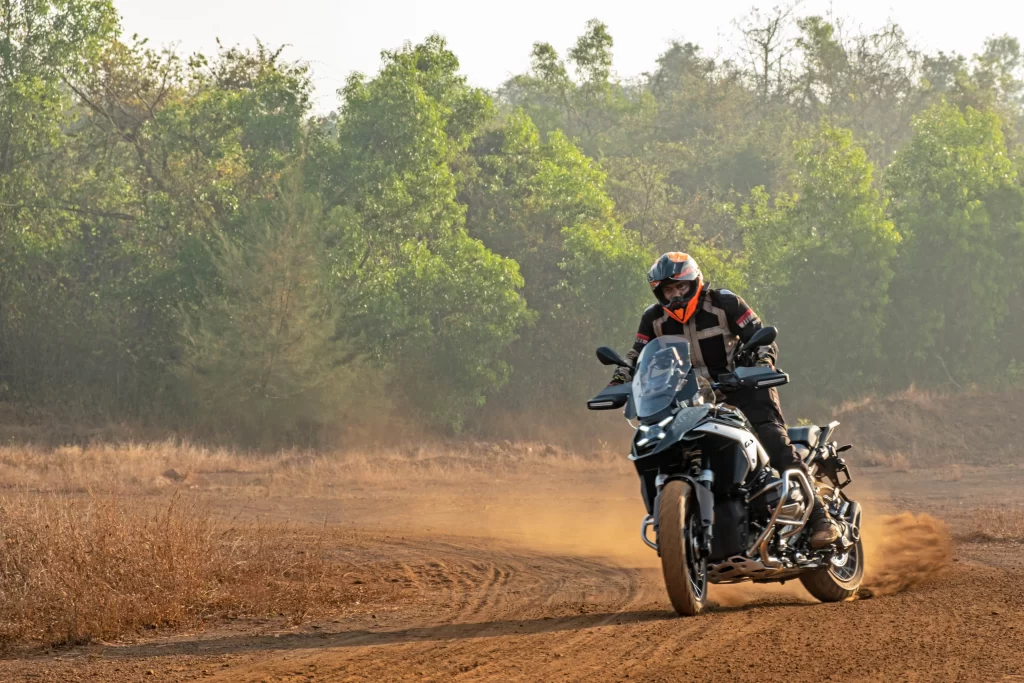
Then, in 2021 I put the R1250GS through its paces and wasn’t exactly smitten either. After spending about 2500km in the saddle of the Triumph Tiger 900 Rally and then directly hopping onto the BMW, the vagueness of the front end was something I just couldn’t possibly wrap my head around. The heft is definitely something you get used to thanks to all that metallic lard being slung nice and low to the ground. To be honest, though, with the narrower handlebars, the GS felt a lot more compact and manageable as compared to the Tiger. Despite that lack of feedback from the front end the bike is remarkably capable. It’s just trusting that the bike will find grip is what takes getting used to.
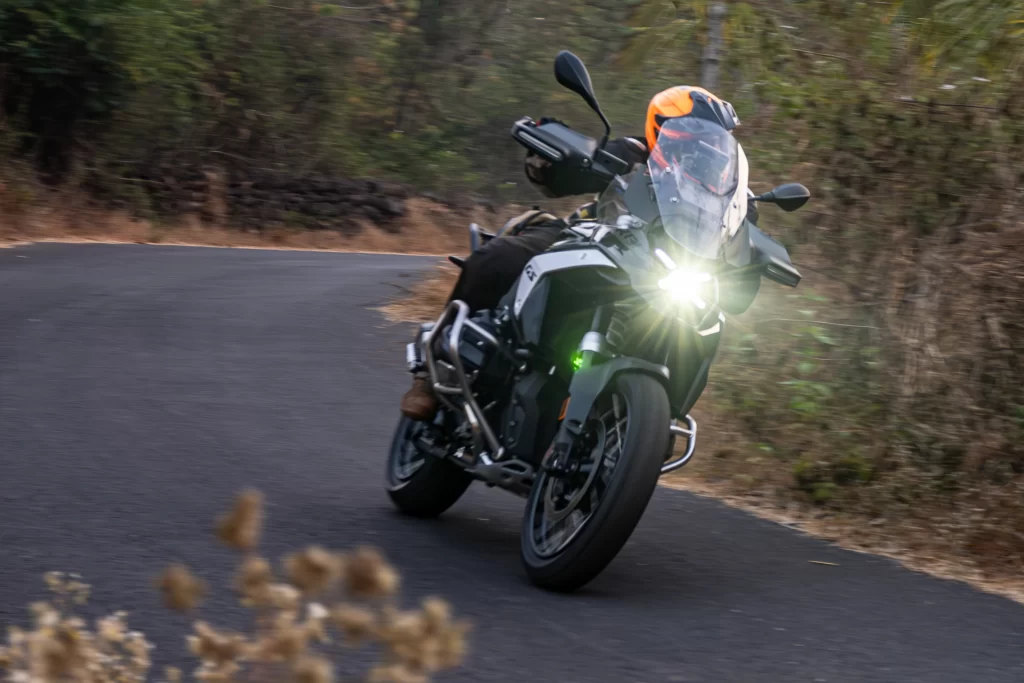
Recently, I finally got my mittens on the new R1300GS. I’ve been observing and listening to the chatter about this bike ever since its launch last year. Polarising opinions seem to be the biscuits in everyone’s tea. Previous-gen GS owners see this new one as a betrayal of the GS-lineage. The new flowing design isn’t to everyone’s liking. Neither is the reduction in girth. I, personally find both quite welcoming. It’s not like I didn’t like the brutish look and feel of the older model. But I quite like this new flowing and compact look on the new one. Both are unique in their own way and that’s what really matters.
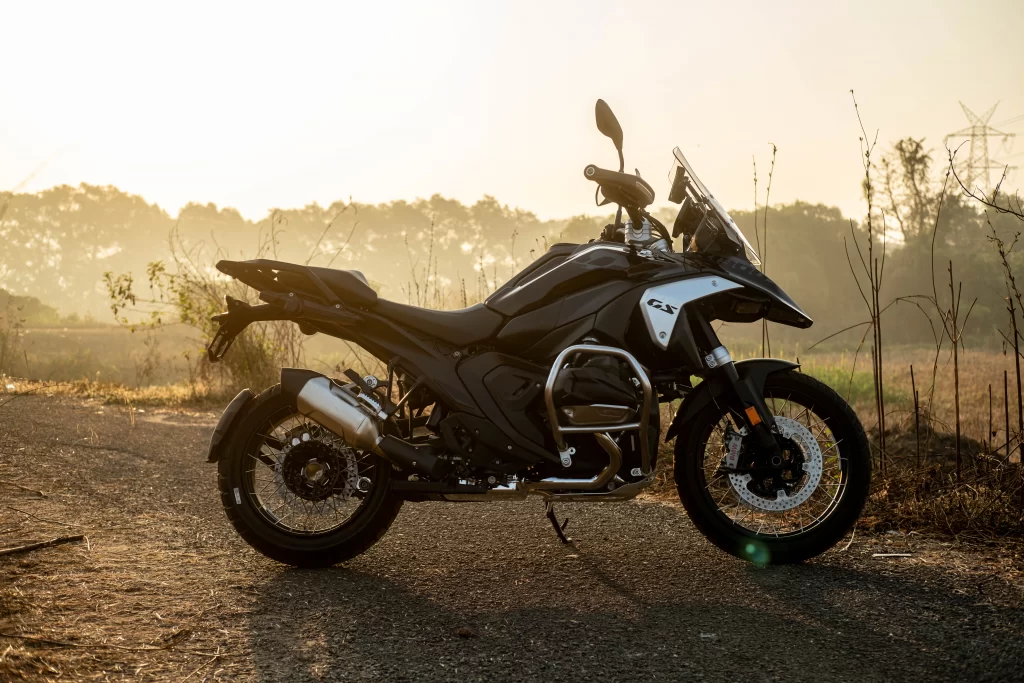
Like the title of this story says, the devil really is in the details when it comes to this new R1300GS. A plethora of tweaks have made this beast more manageable, predictable and inviting. But there’s no denying that trusty ol’ GS DNA if you’re familiar with it. However, there is a significant jump in the sportiness of the overall package from the older 1250. BMW Motorrad have definitely tightened up the whole GS experience with this one. I know because I confirmed this when I rode my cousin’s R1250GSA just a week back. In the evolution of the GS model, this jump is as significant as it was from the 1150 to the 1200 back in 2004.
The Powder Room
Gah, say the owners of the previous GS models. The design of this new 1300 is far too dainty for their eyeballs. I’m quite sure even their morning breakfast looks uncannily like piles of Lego blocks that are stored in their cavernous panniers. What other purpose could they possibly serve?
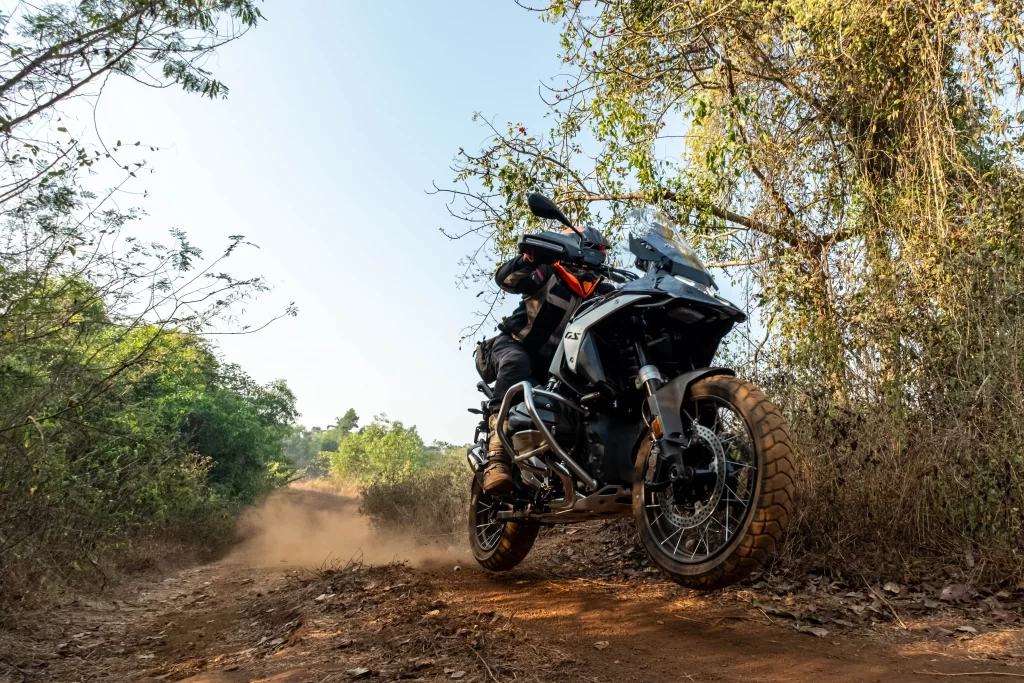
BMW have chosen the path of anarchy with this one. The bike has a more flowing silhouette this time around. It’s to be less intimidating to younger audiences, I hear. Although I can far from picture individuals in post-adolescence having pockets deep enough to welcome one home.
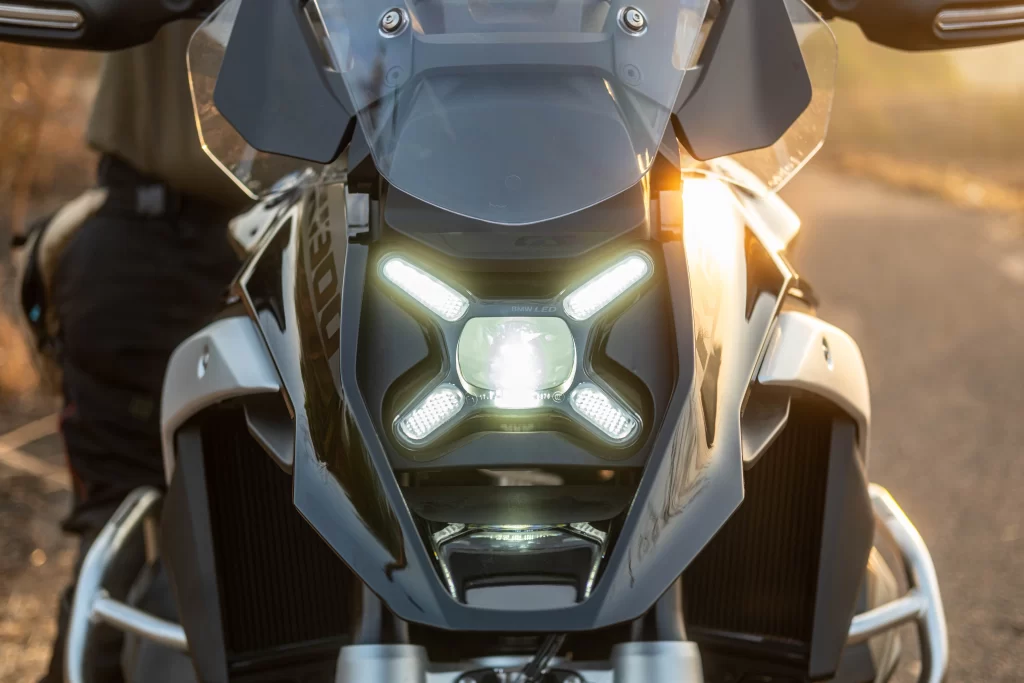
Personally, I quite like this new design. Parallels can be drawn to Suzuki and Ducati design language but I find this look to be unique, impactful and memorable. Maybe get one less auxiliary light if you still want to keep things asymmetrical. You’re going to be dousing this bike with accessories in any case. That ostentatious front beak will definitely get your attention, though. Just past that sit the X-shaped DRLs with a central projector for a headlight.
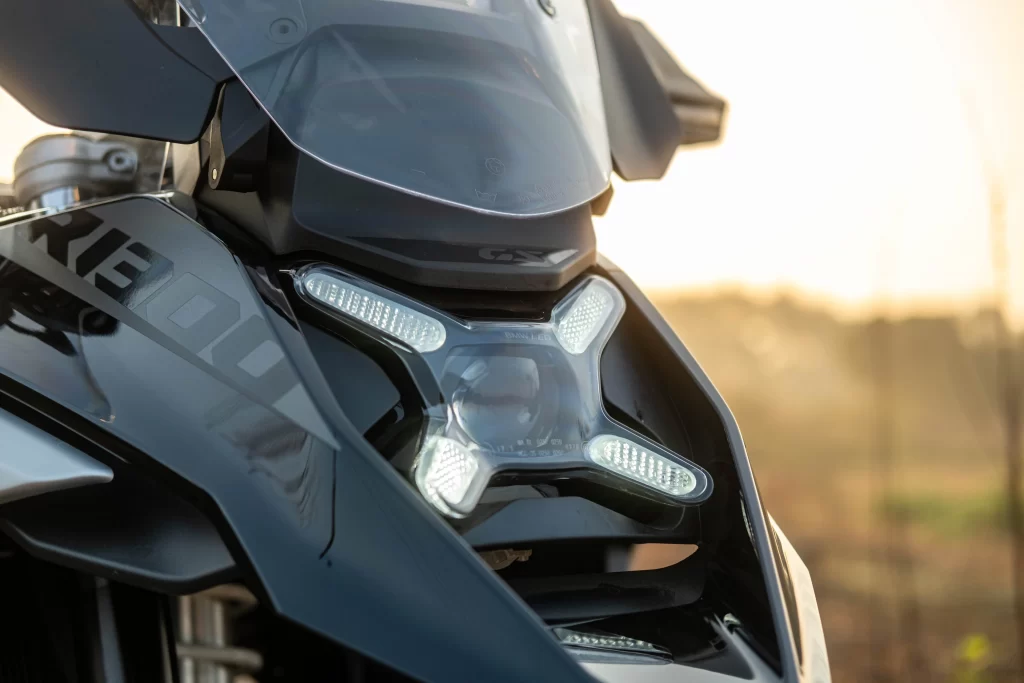
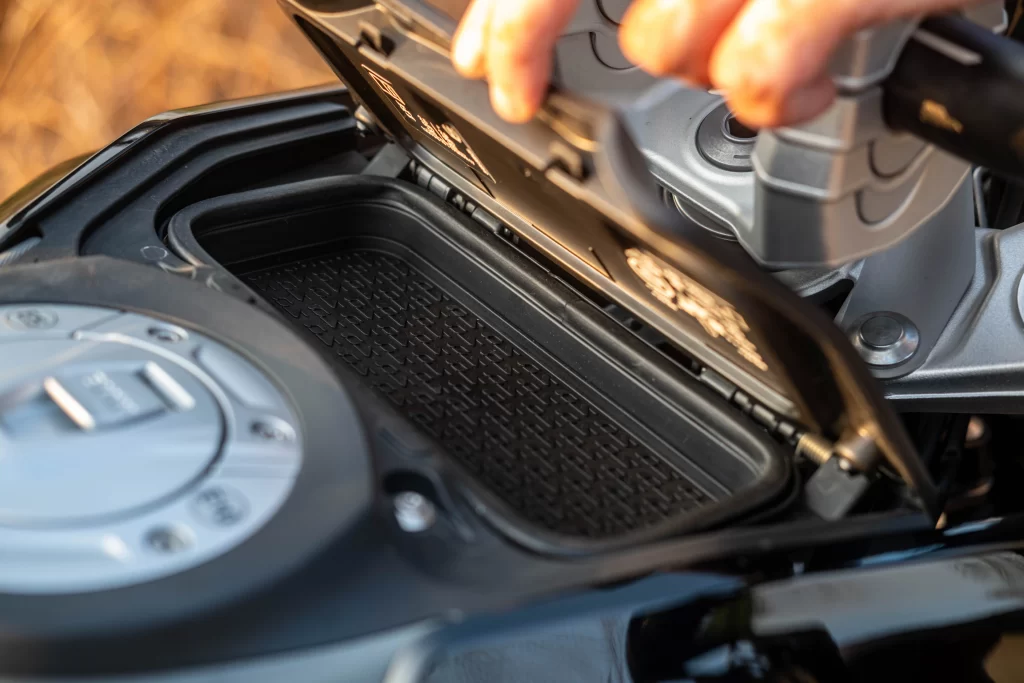
The lines then flow gracefully over the tank and down to the seat, where they gradually then climb up to the tail section. A new cubby-hole on the tank for your phone is a thoughtful addition. The rear view, however, is now bereft of a central tail-light, with the indicators doubling up as tail-lights instead. Looks rather familiar, no?
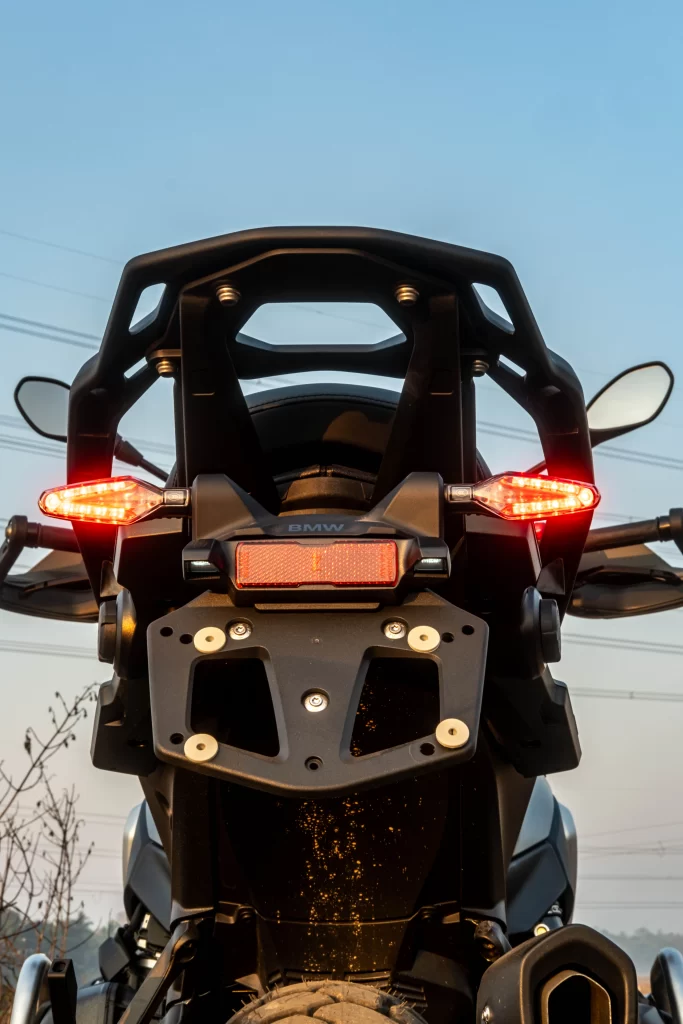
As you get aboard the 1300GS it actually is quite welcoming. With a narrower in-seam the bike just feels a whole lot more proportionate now. That all familiar TFT-dash sits pretty with a few newly added features. Navigating through it still requires you to use the scroll wheel (known as BMW’s Wonder Wheel) on the left handlebar-grip in combination with the buttons on the switch-gear. While it is intuitive to use albeit a tad complicated, the responsiveness is still slightly sluggish. Push that button and the graphics do have a slight delay in shifting to the next set of information. This isn’t a deal-breaker but it isn’t something you’d want to spend attention on if you’re in the midst of some spirited riding.
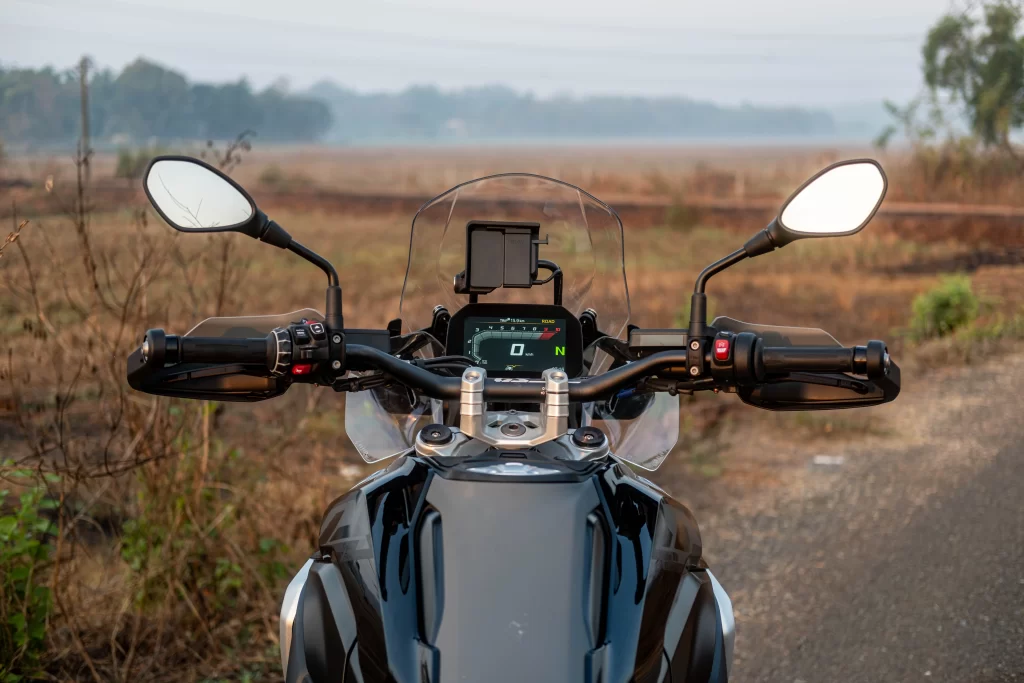
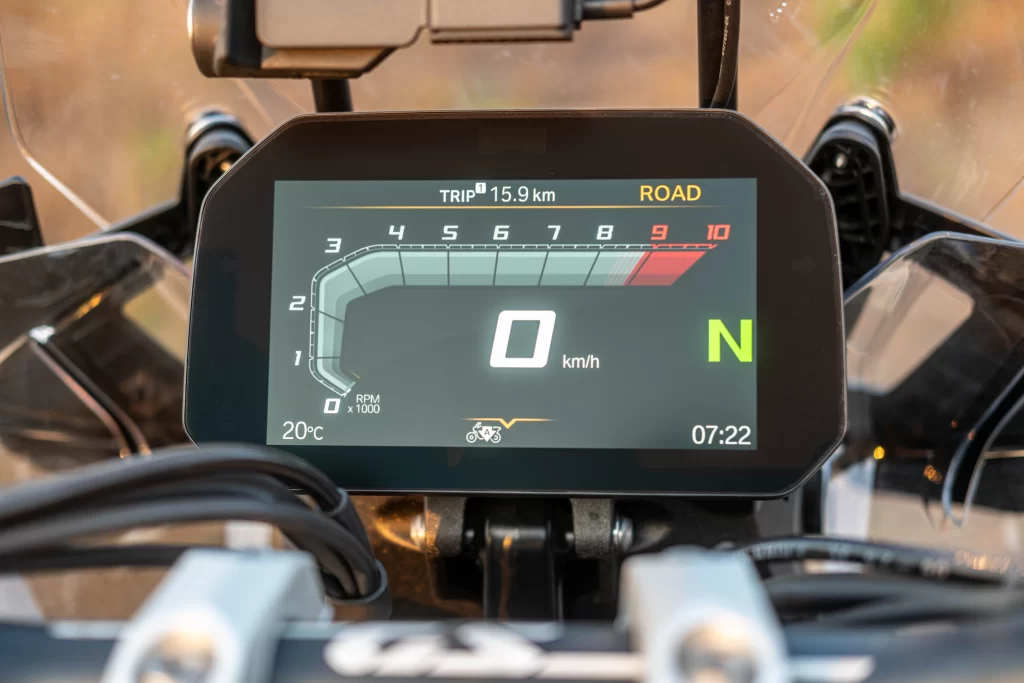
Cockpit Diary
BMW’s iconic boxer-twin has delicately etched itself in every motorcycle enthusiast’s memory. Although the 1250GS absolutely floored us with its ‘ShiftCam’ sorcery, this all new 1300cc one just takes it up a whole notch if you can even imagine that. A most potent recipe that will have you really question what this new engine’s intentions are. It’s no longer that friendly and comforting boxer-twin that coaxed you into a bubble of tranquillity. This one’s itching to go; it’s just gotten a whole lot livelier. The new oversquare layout certainly has something to do with that.
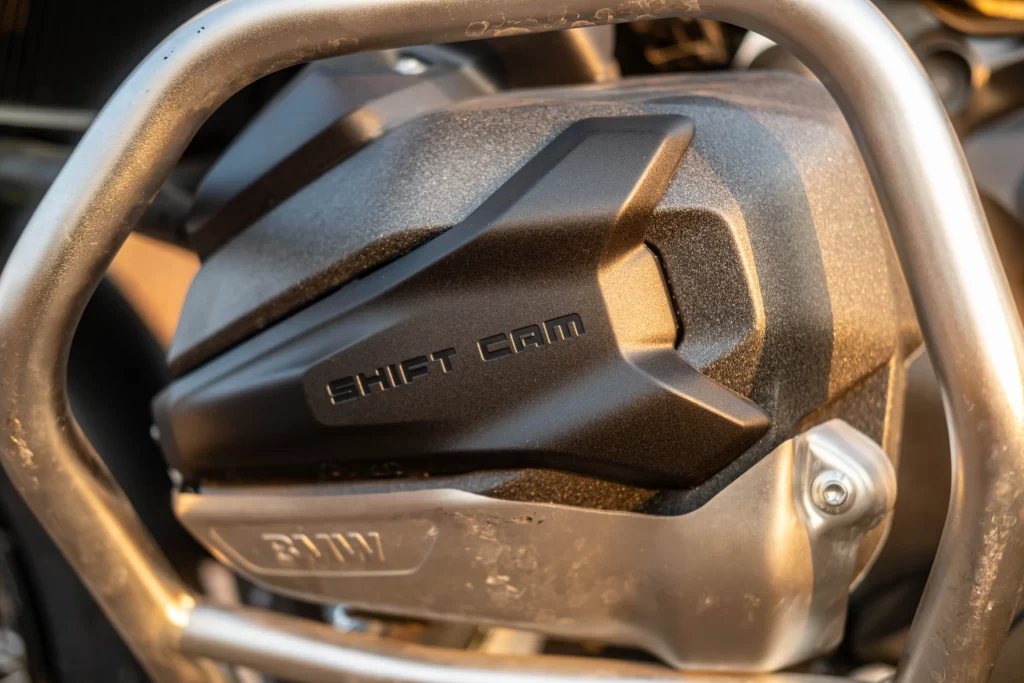
Below 4,000rpm, the inlet cams play it cool with milder cam-lobes, delivering that low-end grunt and sipping fuel like it’s on a budget. But twist the throttle, and the high-performance lobes snap into action, roaring with a ferocity that demands respect. Exhaling that raspy, throaty exhaust note this boxer-twin is known for. The engine also breathes easier now through a slick new stainless-steel end-can; surprisingly compact for the 1300cc volume of air being shoved out of it.
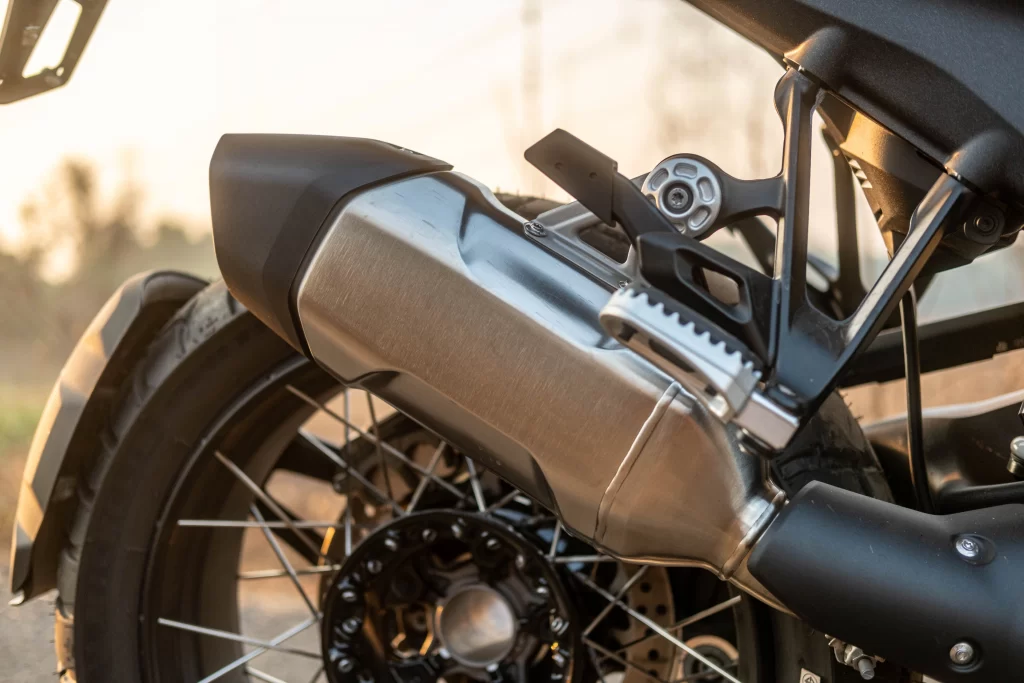
Peak power is up from the 1250’s 134bhp to 143bhp at the same 7750rpm and torque rises 5.4Nm to 149Nm at 6500rpm (250rpm higher than before). The new engine is not only more powerful but also 3.9kg lighter, trimmed down and tucked in tighter. This is thanks to a fresh gearbox tucked beneath instead of behind the motor. It affords the GS a longer swingarm, which translates to more grip and more grit. The new powertrain shaves off a further 6.5kg like it’s ditching dead weight before a street fight.

This short-stroke marvel keeps its growl at low revs; a deep, gravelly purr that turns into an outright snarl when you roll on the throttle. It’s got this new rebellious streak; a rorty spirit that clashes with the sensible, adventure-ready image of the GS. With 12kg less to haul around, it’s a proper punch-up of performance. Twist the grip anywhere in the rev range, any gear, and the GS doesn’t hesitate; it plants its feet, tightens its jaw, and rockets forward.
Power’s delivered with a smooth, predictable punch. BMW isn’t chasing the meth-infused numbers of KTM or Ducati, but this 1300GS’ engine? It’s a master of flexibility; a friendly face when you need one. And still an absolute beast when you please.
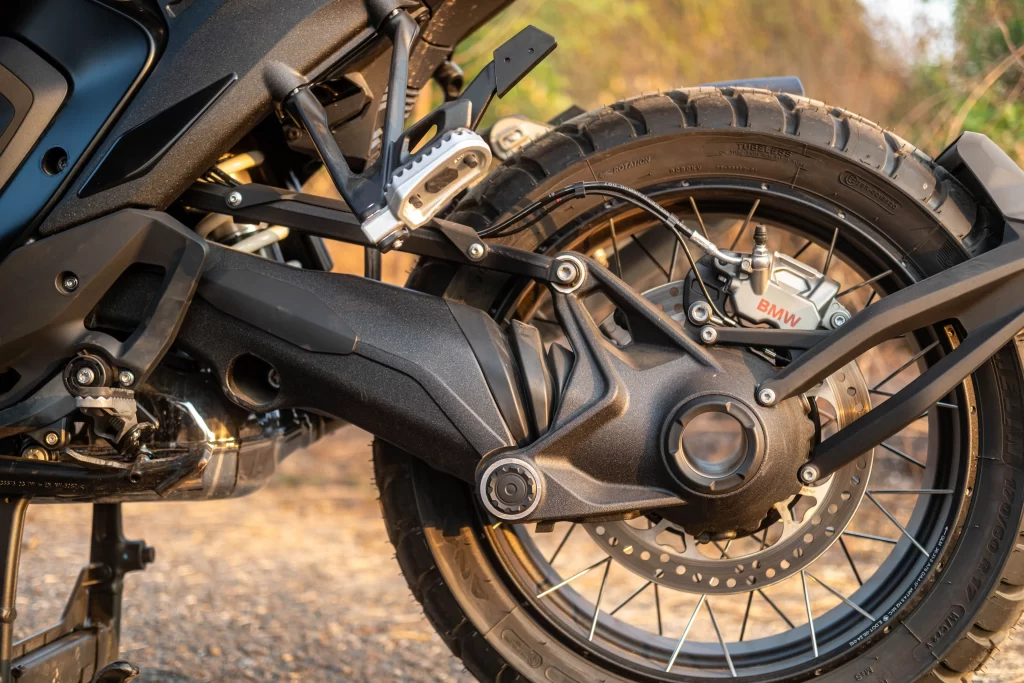
Gone is the GS’s old tubular steel frame, replaced by a sleek, compact pressed-steel shell that treats the engine like a structural member. The subframe’s now cast aluminium, shedding weight without sacrificing strength. The tried-and-true Telelever front-end and Paralever shaft-drive rear are still here, but lighter, tougher, and with flex properties that’ve been given an upgrade, making them feel more like they’re ready for a fight than a Sunday cruise.
Tales from the Saddle
Open up the throttle and there’s this sudden, almost ethereal connection with the machine. I rode around the back-roads of Goa and off-road and I am just speechless with how well it masks its size and its speed. The confidence it gives you simply eggs you on to just blaze-on like you’re invincible. The weight just melts away as the digits on the speedometer climb, with the electronically adjustable windscreen cocooning you in an almost video-game like state of being.
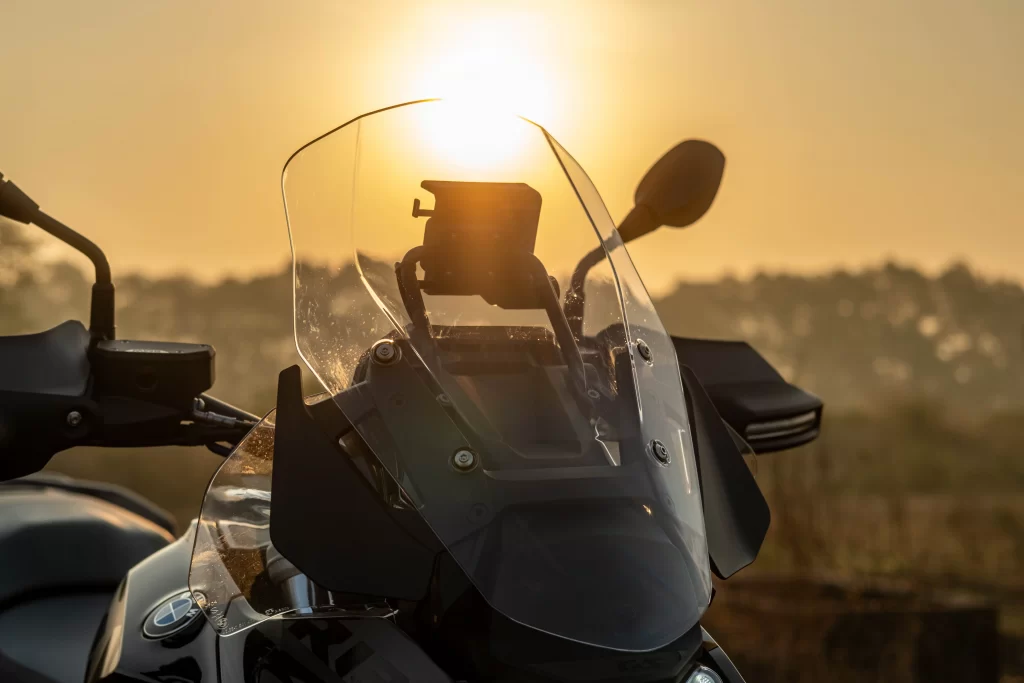
Since the cylinder-heads are now positioned higher-up compared to the 1250, I would’ve expected a slight climb in the centre-of-gravity. And there probably is. But it’s completely unnoticeable. Once you understand how to work with the weight distribution of this bike it becomes effortless to ride. The new, compact proportion of the bike compliments this even further. Your only reminder of the actual size of the motorcycle is when other road users almost immediately make way for you. Road-presence isn’t something that’s been sacrificed with the reduction in size.
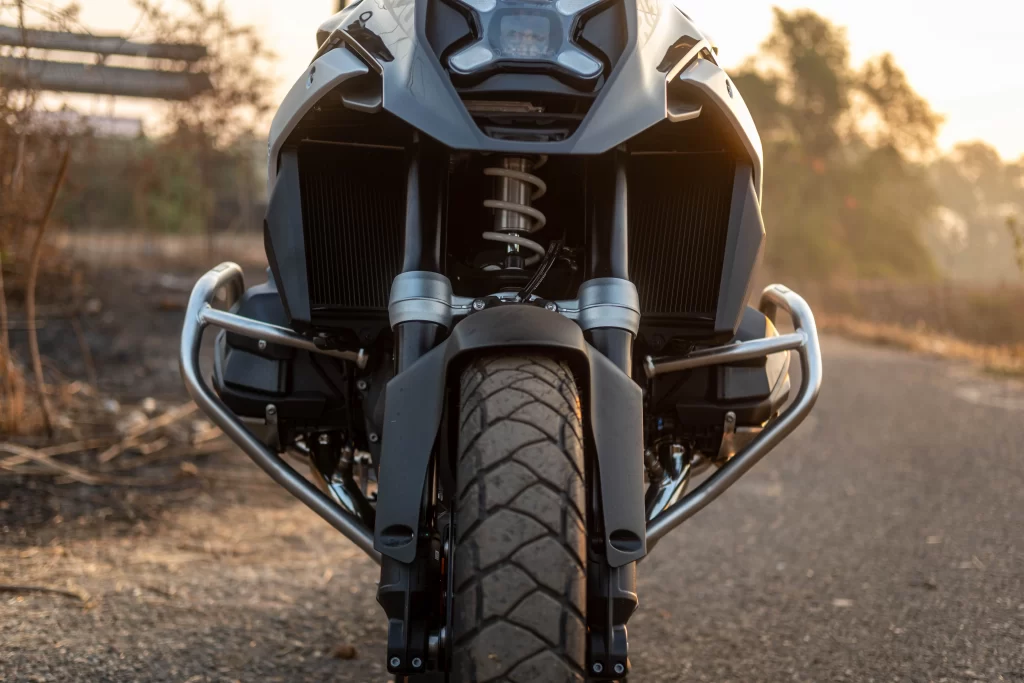
Road, Rain, Eco—these are your standard fare of ride-modes on the 1300 platform. On this Triple Black version, however, there’s also Dynamic, Dynamic Pro, Enduro and Enduro Pro mode. This cavalcade of clever electronic settings is designed to make you feel like you’re one with the terrain (or at least like you know what you’re doing). For the first few weeks you’ll probably be busy poking at the TFT display, fiddling with suspension settings, and pretending you know the difference between ‘Dynamic’ and ‘Dynamic Pro.’
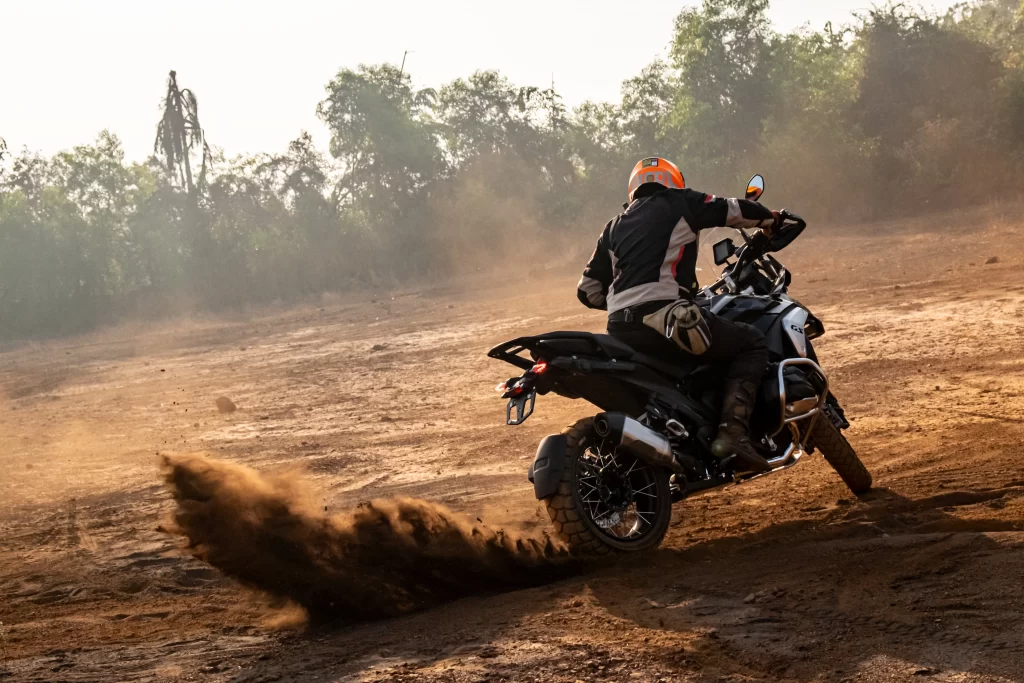
I mostly stuck with Dynamic Pro and Enduro Pro modes because I’m that dinosaur that prefers the least amount of electronic intervention and the most near-pant-soiling events. In these modes the bike is sharp and direct, with enough feedback to remind you the bike’s alive and kicking. The R1300GS still manages to feel easy to control, responsive, and surprisingly consistent, like that one friend who’s always reliable, even when things go sideways.
BMW’s optional semi-active suspension has been tweaked, too. The old system fiddled with the damping settings on the fly, offering a choice between comfort and control; with the aforementioned front-end vagueness still lurking in the background. Now? It’s not just about feel; it’s actual spring choice.
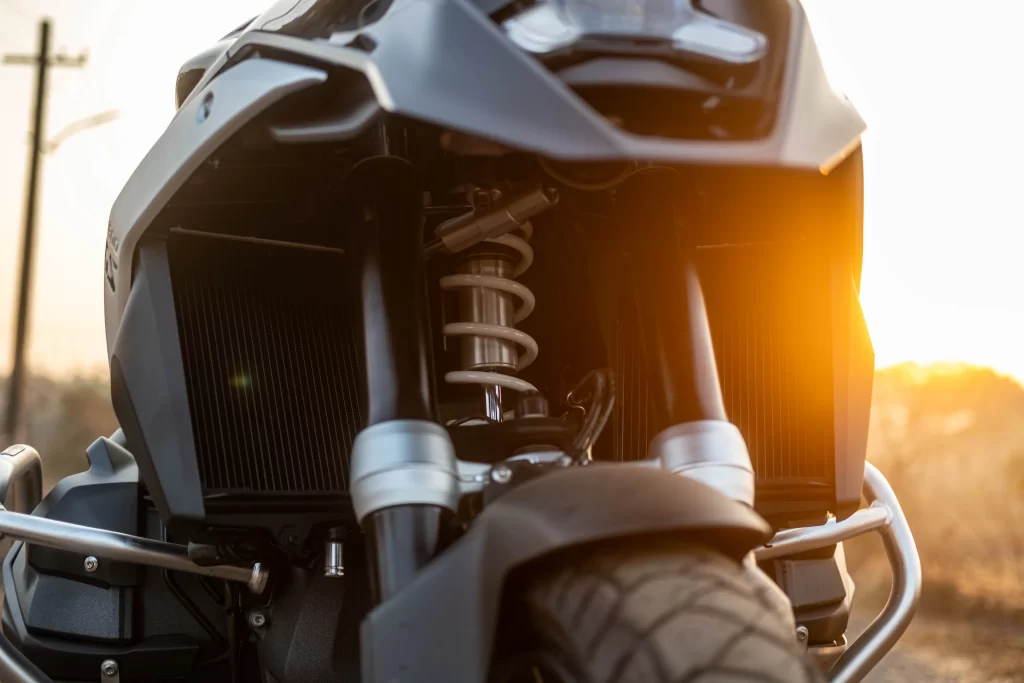
In the more relaxed riding modes, the suspension leans on its soft main springs for a cushy ride. Switch to sportier settings, and the extra springs tucked in the piggyback shocks kick in, providing a firmer setup when you start to push. The difference between soft and hard isn’t like an instant transformation. It’s more like adjusting the dimmer. Though, you can tweak the stiffness in each mode further. BMW has definitely addressed the vagueness from the Telelever setup. I actually found the feedback I was seeking to have the confidence to push the bike harder in the bends and off-road.
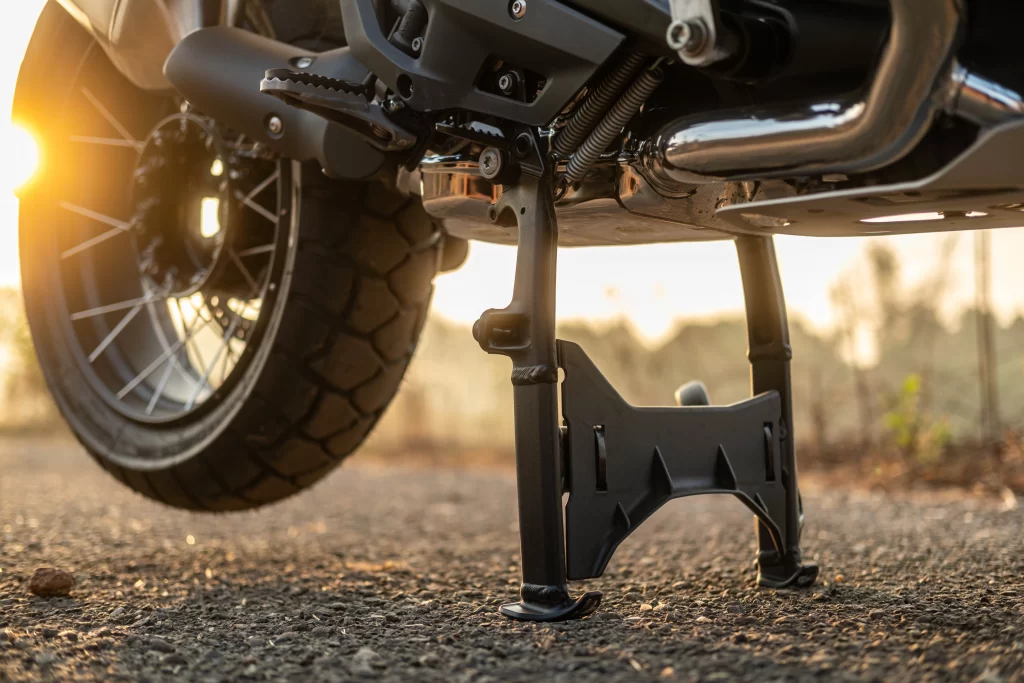
The electronic suspension still does its self-levelling trick at the rear, but now it’s got a ride height device that drops the seat by 30mm when you stop; going from 850mm to 820mm. Making it a lifesaver for shorter riders. And when you hit the throttle again, it pops back up, ready to roll. It also has this neat party trick where the suspension will actually assist you if you’re trying to put the bike on the main-stand while the ignition is on.
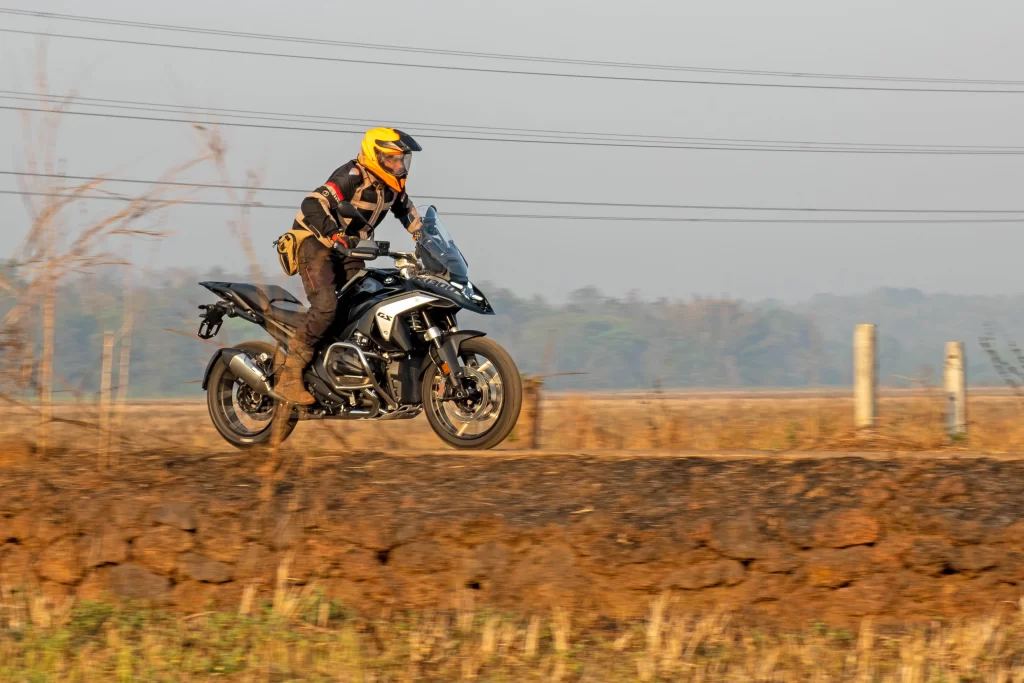
Head for the Horizon
With all said and done, the new R1300GS is, in essence, an evolution and not an all-out revolution. BMW has addressed the shortcomings of the motorcycle and taken the strengths of the GS and fortified them. It is now an all-round sharper and more approachable machine. That isn’t to say experience and skill aren’t prerequisites anymore. It’s just that this bike will do a lot more with a lot less effort in the right hands. So yes, it will still decimate continents or ferry you to your closest pretentious coffee shop. It’s just that the whole experience will just be that tad bit more exhilarating and less tiring. This Triple Black version you see here retails at ₹ 22.75 lakhs with the ride height adjuster and ₹ 21.75 lakhs without. The base model comes in at ₹ 21.20 lakhs, while the GS Trophy version and Option 719 versions are ₹ 22.25 and ₹ 24.25 lakhs respectively (all prices are ex-showroom, Mumbai). Just in case you’ve got a few lakhs of spare change lying around. I doubt you’ll regret it.

